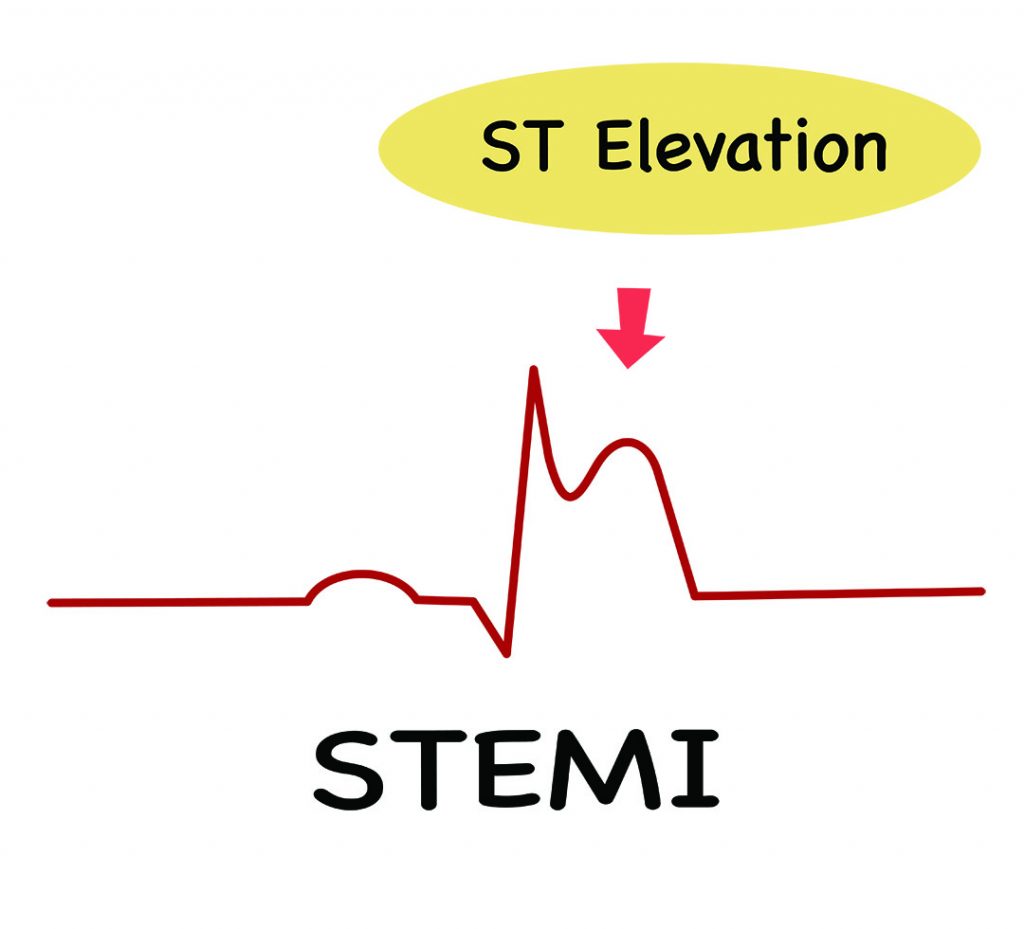Arq. Bras. Cardiol. 2022; 119(3): 458-459
ST-Elevation Acute Myocardial Infarction Treated with Primary Percutaneous Coronary Intervention: The Importance of Local Data
This Short Editorial is referred by the Research article "Predictors of Hospital Mortality Based on Primary Angioplasty Treatment: A Multicenter Case-Control Study".
Castro et al. should be commended for providing the scientific community with a useful publication analyzing predictors of all-cause mortality in patients with ST-elevation acute myocardial infarction (STEMI) who are submitted to primary percutaneous coronary intervention (PPCI).
PPCI is the preferred method of reperfusion for patients with STEMI presenting within 12 hours of evolution from onset of symptoms. To the best of my knowledge, the most recent meta-analysis comparing fibrinolytic therapy with PPCI found odds ratios of 0.73 (p = 0.002), 0.38 (p < 0.001), 0.38 (p < 0.001), and 1.03 (p = 0.86) for all-cause death, reinfarction, stroke, and major bleeding, respectively. However, absence of widespread availability of catheterization laboratories and logistical problems, mainly related to transportation, limit the access of patients with STEMI to this form of treatment. This is highlighted in the present publication, where only 0.26% of the analyzed population was from the vast North Region of Brazil, whereas the majority (58%) was from the Southeast Region. Maybe more importantly, the utilization of reperfusion therapies (fibrinolytics or PPCI) in general is far from ideal in Brazil, and important regional differences have been observed. , Importantly, the previously cited meta-analysis by Fazel et al. found odds ratios of 0.79, 0.53, 0.70, and 1.19 for all-cause deaths, reinfarction, stroke, and major bleeding, respectively, when comparing the pharmacoinvasive approach with fibrinolytic treatment, which can be an option for issues related to access to PPCI.
[…]
1,159

